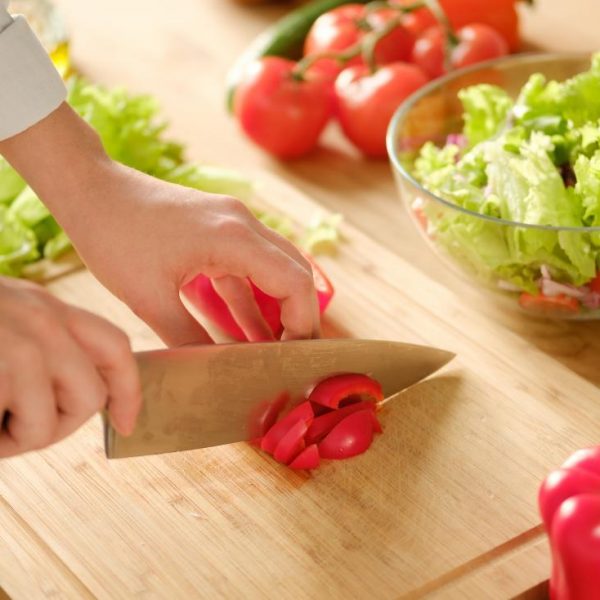
Cholesterol is a lipid that is naturally present in our bodies and is an essential part of our cells. It is involved in the formation of hormones, vitamin D, biliary salts, and in transporting fats to all the tissues through the blood. Most of it is produced in the liver, and only a small part is taken in through diet (dairy products, eggs, meat, and fish).
Cholesterol circulates in the blood by linking to lipoproteins. The HDL (high-density lipoproteins) type, commonly known as ‘good cholesterol’ is eliminated from the liver when in excess, and it carries out a protective action. The LDL (low-density lipoproteins) variety known as ‘bad cholesterol’ is transported to several organs. The excess cholesterol that cannot be decomposed and metabolized is stored in the internal walls of the arteries, where it hardens, later causing deposits or plaque on the walls of the blood vessels. The narrowing of the arteries means that the blood can no longer flow as freely, which can lead to atherosclerosis and other severe complications.
High cholesterol can be treated through a change in lifestyle: weight loss and an increase in physical activity.
Why You Need To Exercise
An active, exercise filled lifestyle can help in combating high cholesterol. Physical exercise will help you better control your weight and blood pressure. Physical activity should be moderate, done daily for at least half an hour, and make you feel good – try to follow the NHS exercise recommendations. Physical exercise improves cardiovascular health by helping lower your cholesterol and your blood pressure, as well as strengthening your heart muscle directly.
The best exercise for you is that which is adapted for your age and physical condition. Aerobic activities such as swimming, race walking, step aerobics, biking, cross-country skiing, running, moderate weight lifting, or beginner flexibility exercises are all effective.
Beneficial Effects Of Physical Exercises
Walking
While walking, the blood flow returning to the heart increases as the veins of lower limbs contract, and this leads to a series of benefits. It helps against the thickening of the arterial wall. It helps stabilize the heartbeat preventing alterations of the pulse. It maintains blood pressure. It helps to prevent heart attacks and pain in the chest and also reduces harmful LDL levels while increasing proper cholesterol levels.
Swimming
When water is cool, it refreshes the skin and stimulates blood circulation. In turn, it speeds up the metabolism, which quickly leads to a feeling of intense hunger after each session. Swimming mildly stimulates the heart and circulatory system and therefore is a good sport for people recovering from a heart attack. It also stimulates the respiratory organs, forcing them to breathe regularly and deeply.
Stretching
Stretching exercises promotes the excellent health of muscles, joints, and circulatory system and gradually improves cardiovascular diseases. They aim to increase mobility progressively and can be carried out at all ages. They can be especially beneficial for the elderly as they help to prevent everyday aches and pains. However, the intensity of the stretches should be adapted to the individual’s level of fitness, and it is crucial to avoid ‘jerking’ or forcing the stretch.
Massage
Massage improves blood circulation in the skin, subcutaneous tissues, and muscles. The increased blood flow means more oxygen and nutrients and ensures more metabolic residue is eliminated. As a result, the area massaged has vitality, muscle spasms disappear, and tissues are no longer tired. As such, a massage turns into a pleasant experience, a crucial point from a cardiovascular therapy point of view.
Conclusion
By letting your muscles waste away from lack of activity, you run the risk of falling ill or becoming weak. Particular cardiovascular diseases that don’t respond to pharmacological treatment can be effectively fought and cured through an adequate physical exercise program.
